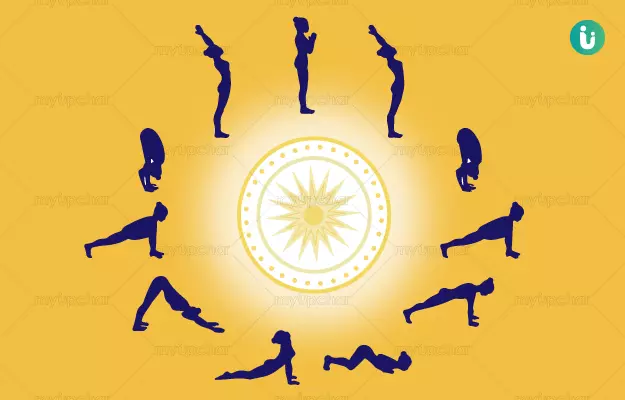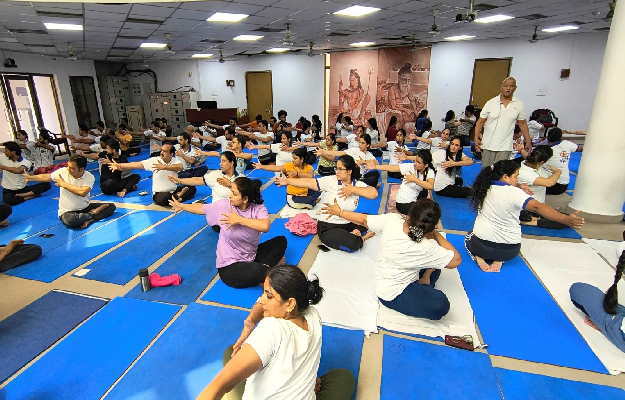Yoga. The very word elicits imageries of complex poses and impossible to follow exercises, preferred only by those who are looking for increasing strength and flexibility at the same time. At least that's what most modern yoga institutes sell it as. But if you look at ancient Indian texts, yoga is much more than just a route to physical fitness. It encompasses the totality of your being including the physical, mental, emotional as well as spiritual aspects of one’s life.
Regular practice of yoga and yoga asanas helps discipline the mind and body, creating more balanced individuals who are able to take an active part in everyday life. It reduces stress, improves focus and reduces the risk of various health conditions that occur due to improper diet and poor lifestyle choices. Sure you'll have to wake up on time or keep some time aside for your daily practice. Quite a lot to gain with such a small price.
Due to increasing awareness, the previous decade has seen a resurgence in yoga practices not just in India but all over the world. Several new methods of yoga have evolved. They have a more scientific approach and are well suited to the modern lifestyle; so even if you are a skeptic, you can relate to these procedures and reap the benefits.







































